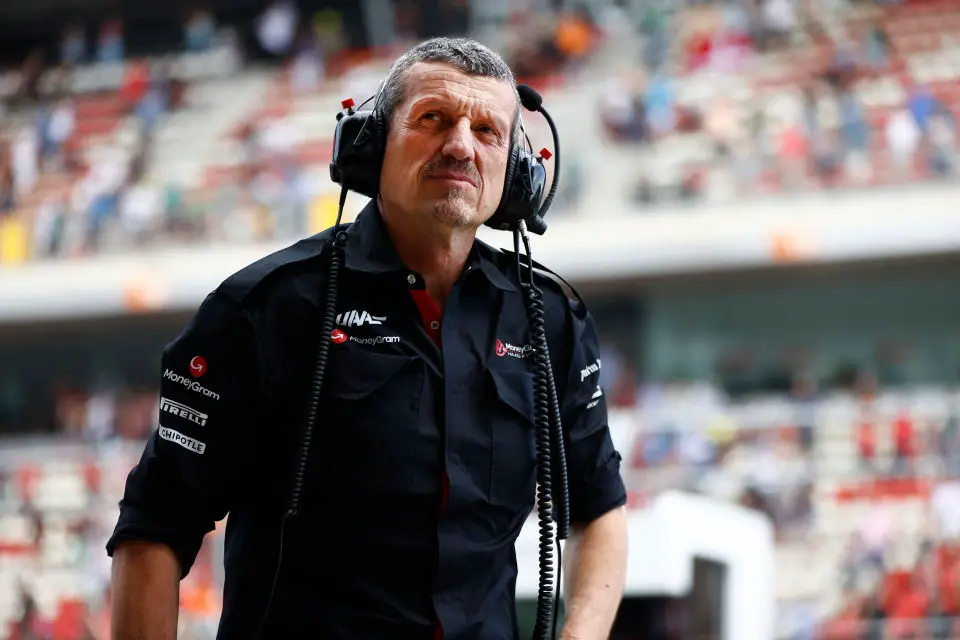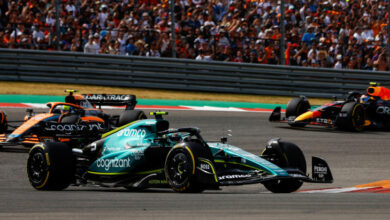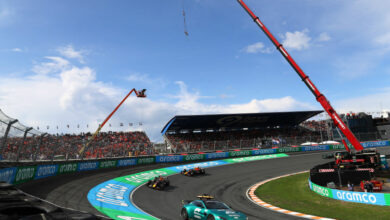F1 Controversy: Guenther Steiner Criticizes FIA’s Handling of Tyre Issues at Qatar Grand Prix
In a recent outburst, Haas team principal Guenther Steiner slammed the FIA for their management of tyre and kerb issues at the Qatar Grand Prix. Steiner’s criticism, calling the situation “embarrassing” for Formula One, highlights significant safety and regulatory concerns.
Key Takeaways
- Abrupt Changes and Criticisms: The FIA’s sudden modifications to the Qatar Grand Prix, including new track limits and racing regulations, were aimed at addressing tyre damages and enhancing safety. However, these changes received widespread criticism, particularly from Guenther Steiner for their impact on tyre safety and race dynamics.
- Steiner’s Outspoken Discontent: Expressing his displeasure, Steiner criticized the FIA’s decision-making process and the introduction of new kerbs, which ironically led to increased tyre damage. He stressed that such issues are unacceptable in a sport as elite as Formula One.
- Safety and Accountability Questions: The FIA’s efforts to rectify tyre issues have raised questions about accountability and the effectiveness of their solutions. Steiner emphasized the importance of track safety inspections and the critical role of tyres in race car safety, underscoring the seriousness of the situation.

Guenther Steiner’s frustration was evident as he addressed the media, emphasizing the unexpected challenges faced by teams due to the FIA’s handling of the tyre debacle at the Qatar Grand Prix. His criticism pointed towards a broader issue of safety and regulation in Formula One, a sport that prides itself on precision and excellence.
“They were supposed to develop some kerbs that don’t damage the tyres, but apparently the kerbs we have developed damage the tyres,” Steiner stated, highlighting a significant oversight in the FIA’s interventions. This issue not only affects the current race but also raises concerns for future events, given the long-term contract of the Lusail International Circuit with Formula 1.
The FIA’s response to the tyre issues included implementing concrete blocks and revising track limits and regulations. These measures aimed to ensure fair competition and safety, but the unexpected tyre problems necessitated additional changes, including an extra practice session, adjustments to the sprint schedule, and new tyre life parameters.
While critical, Steiner acknowledged the FIA’s proactive steps to address the issues: “At least they are proactively doing something for tomorrow and now going out changing some of the track limits so that we are not going over these kerbs should help a little bit.”
However, Steiner’s remarks also brought to light the need for clear accountability within the FIA and Formula One Management (FOM) regarding track inspections and safety measures. This incident not only casts a shadow on the current race but also poses questions about the preparedness and responsiveness of the governing bodies in Formula One.


